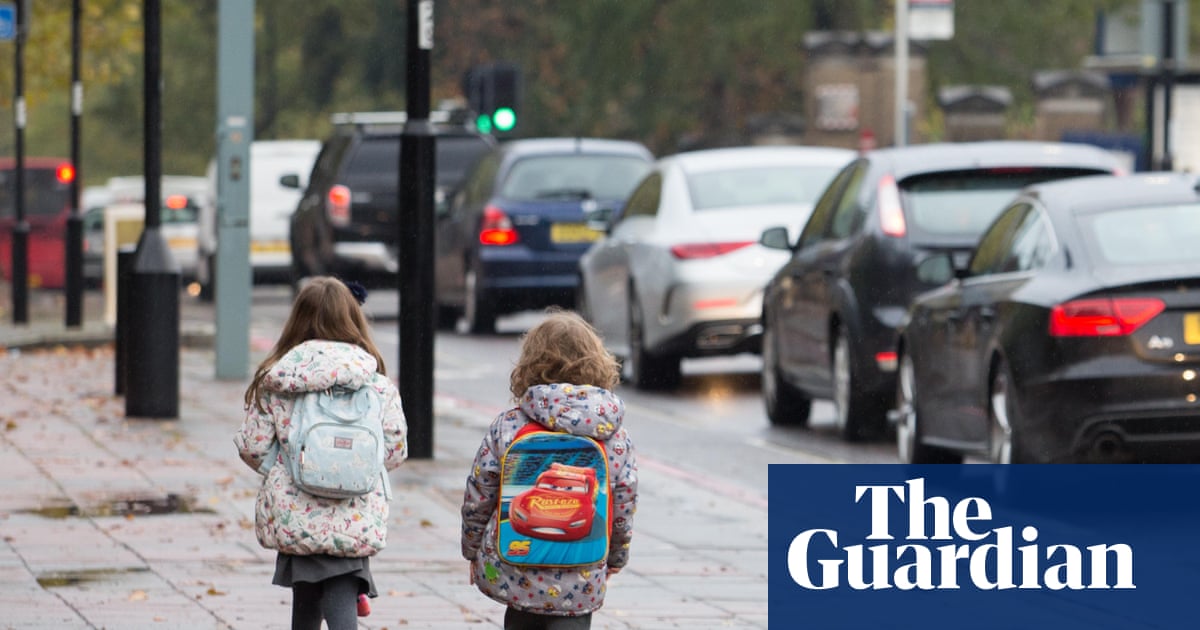Young children who are exposed to high levels of air pollution are more likely to experience poor health outcomes in later adolescence, according to new research.
Thestudy, conducted by academics at University College London, looked at data from 9,000 young people taking part in the Millennium Cohort Study born between 2000 and 2002 across the UK, measuring their exposure to various types of air pollutants including PM2.5, PM10 and NO2.
The results found that adolescents who lived in polluted areas during early childhood, aged two to four, had a risk up to a third higher of reporting worse health at age 17.
The study also found that children from ethnic minority backgrounds and deprived neighbourhoods tended to be exposed to higher levels of air pollution, resulting in them being more likely to experience poorer health and chronic conditions.
Dr Gergo Baranyi, the lead author of the research, said: “This study is unique from the perspective that it is nationally representative, making our findings generalisable to the UK population, and that we were able to follow up with children from birth to nearly 20 years of age.
“I think one of the most important finding was seeing the large inequalities in terms of exposure to different air pollutants, and how these inequalities between different socioeconomic groups and ethnic minority groups persisted during childhood.”
He added: “One of the reasons why there is higher air pollution among ethnic minorities is because they are mainly living in urban areas, and also in more deprived neighbourhoods.Air pollutionaffects health because tiny particles are able to penetrate the respiratory tract, which is able to get into the bloodstream and even enter the brain.
“The two main takeaway messages of the study are the identification of a sensitive period for air pollution exposure between age three and six years, and the persistent inequalities in terms of exposure among ethnic minority groups and among disadvantaged individuals. Follow-up studies will aim to identify what specific disorders or health problems are related to this exposure window.”
Jenny Bates, from Friends of the Earth, said: “Air pollution is the biggest environmental threat to health and can affect every organ in the body as deadly particles get from our lungs into our bloodstream.
“Recent research by Friends of the Earth shows that air pollution not only disproportionately affects low-income areas and those with higher populations of people of colour, but also that households in the most polluted neighbourhoods are three times less likely to own a car than those in cleaner areas.”
She added: “The government must act now to strengthen air pollution targets – just as the EU has – bringing them in line with the latest WorldHealthOrganization health guidelines.
“The government should also tackle air pollution in its upcoming climate plan, which must ensure that everyone benefits from the transition to a low-carbon future through cleaner air, warmer homes, cheaper energy bills and sustainable jobs in green industries.”
